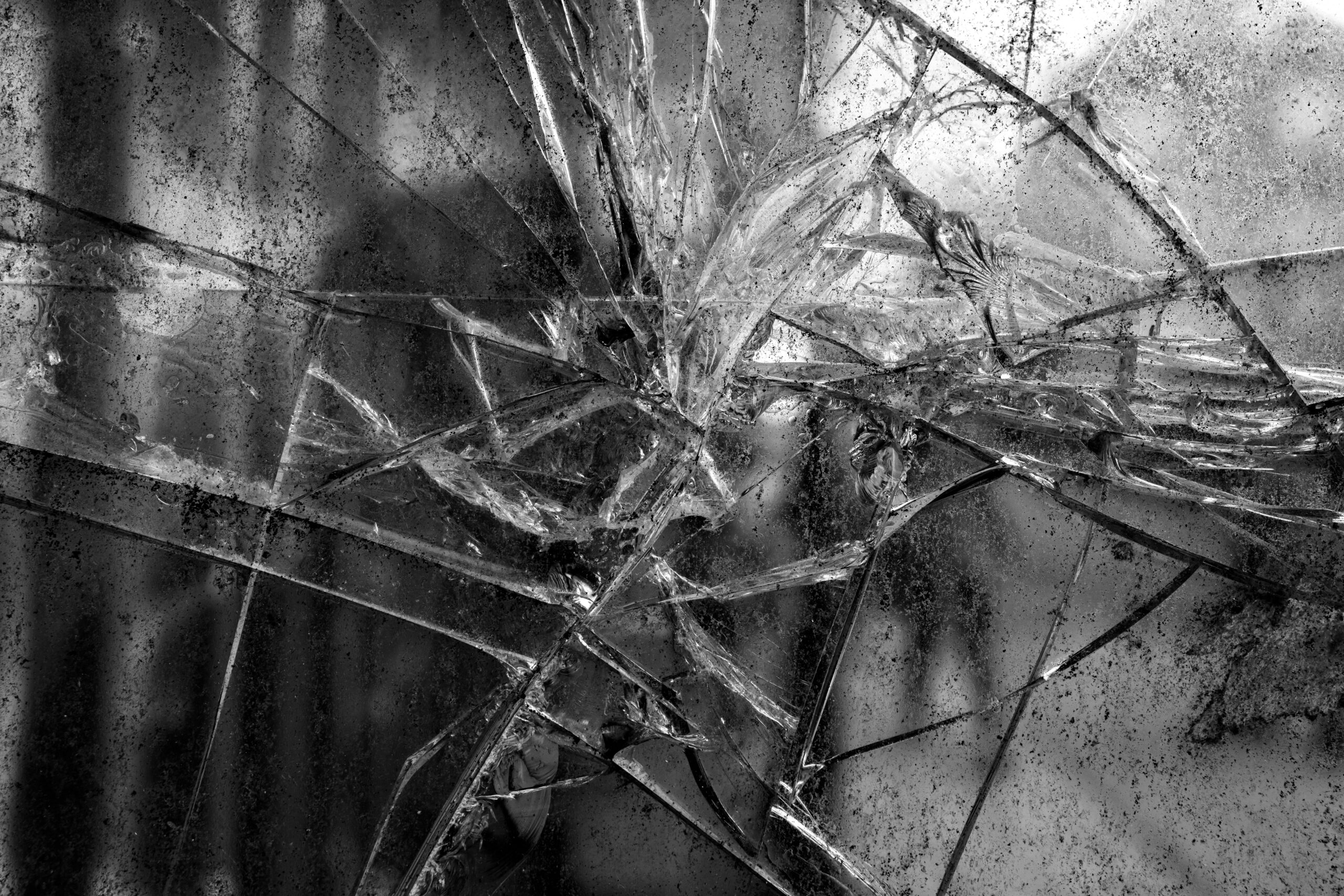After Kevin McCallister is mistakenly left behind over the holidays, he protects the family home against burglars by rigging his property with booby traps. Unfortunately with most holiday break-and-enters, the majority of households aren’t half as prepared as the Home Alone star.
Break-and-enters are unsettling, and it’s hard to pick up the pieces after you’ve returned home to discover your property has been emptied out. Here’s what you need to know about what your insurance covers following a home break-and-enter.
How does home insurance help after a break-and-enter?
Assume during this break-and-enter that multiple things happened. The thieves might have broken a window or a door in their entry attempt, busted locks, etc. They might have damaged your home while inside, turning the place inside out. Busted glass, broken cabinet doors, stained carpets. Odds are, they probably made away with plenty of your prized belongings as well.
With home insurance, there are multiple components of a policy that “activate” to cover a loss, and certain losses may fall under certain coverages. Below, we’ll address which “parts” of your home policy are likely to trigger after a break-and-enter.
Contents coverage
With most break-and-enters, burglars are after your stuff. So, if you’ve just returned from a nice Christmas spent in the Bahamas to find your home ransacked, it’s good to know you’ll have insurance for that. Contents coverage insures your belongings up until a certain limit, which varies by policy.
Belongings that are typically covered under contents coverage include:
- Electronics and appliances
- Furniture
- Clothing, including shoes
- Artwork and decor
- Personal assets
High-value items may need separate coverage to be fully insured under your contents coverage due to their special monetary value. We recommend always keeping a home inventory list on-hand, complete with receipts, pictures, warranties, or any other kind of proof of ownership. This will make it easier when filing a claim for your stolen belongings.
Dwelling coverage
In the case of a severe break-and-enter where major property damage was done, your home insurance may also cover you for physical damages to your walls, doors, ceiling, floors, windows, etc. if the thieves broke, smashed, or otherwise damaged your property while inside your home.
Additional living expenses (ALE)
Additional living expenses, or ALE, may also come into play following a break-and-enter. If your home is so damaged following the break-and-enter that it is considered unlivable or an investigation is currently being done causing you and your family to leave the property, ALE may activate to cover hotel stays, meals, and additional necessary costs until you can return.
Preventing burglary and home theft during the holidays
Break-and-enters happen more commonly than you might think, with the burglary rate in 2021 at approximately 9 per 1,000 households (according to the Bureau of Justice Statistics) so it’s important to take the necessary steps to prevent a break in. Here’s some thoughts on protecting your home against burglary and theft, specifically if you go away for the holidays.
Hire a house sitter
Homes left unoccupied over the winter while the homeowners are away on vacation are extra appealing to thieves. By having a neighbor, friend, or family member check in and give the appearance that the home has been “lived in” (i.e., by removing mail, shovelling the driveway and walks, turning on lights) you greatly lessen the odds of having someone target your home.
Invest in an alarm system
Alarm systems have gotten increasingly sophisticated with time, and it’s no surprise that insurers want you to have them. Some alarm systems will even qualify you for an insurance discount!
Try a safe for valuables
If you have any extra sensitive information or high-valued items you keep at home, consider storing them in a safe in an area that is well-hidden.
Install motion-activated or timed lights
A well-lit house is far less likely to be the target of thieves, as it can make a home seem “occupied” and lived in. Consider investing in timed lights if you are planning to take an extended vacation as this, in addition to hiring a house sitter, can act as a deterrent for thieves wanting an easy target.
Get to know your neighbors
Not only is getting to know your neighbors an all-around good idea (especially when you need to borrow salt) but having your neighbors know your face means they’re likelier to call for help if they notice someone on your property who doesn’t belong.
What to do after a break-and-enter:
Despite all your efforts, if you do come home to discover your home has been broken into, here’s what you need to do ASAP:
- Make sure you and your family are safe. If you have any reason to suspect that someone has broken in, prioritize your family’s safety first. Do not confront an intruder. Go to a neighbor’s home or a safe location.
- Call the police. As soon as you and your family are safe, call 911 and offer the dispatcher as much information about the situation as you can.
- Don’t tamper with evidence. Wait until police arrive before touching anything in your home, as police may want to take fingerprints.
- Make a home inventory to file a claim. Determine, once you’ve had approval to do so, what was stolen from your home/what was damaged. Approximate values and include descriptions of the items that were stolen.
- Contact your insurer. Once you’re safe and the police have been summoned to the scene, call your insurer and provide them with the police report plus whatever other documentation that they may need. From there, the claims process can begin.
If you have any more questions or want to discuss your home insurance coverage with an AHI agent, give us a call today!























